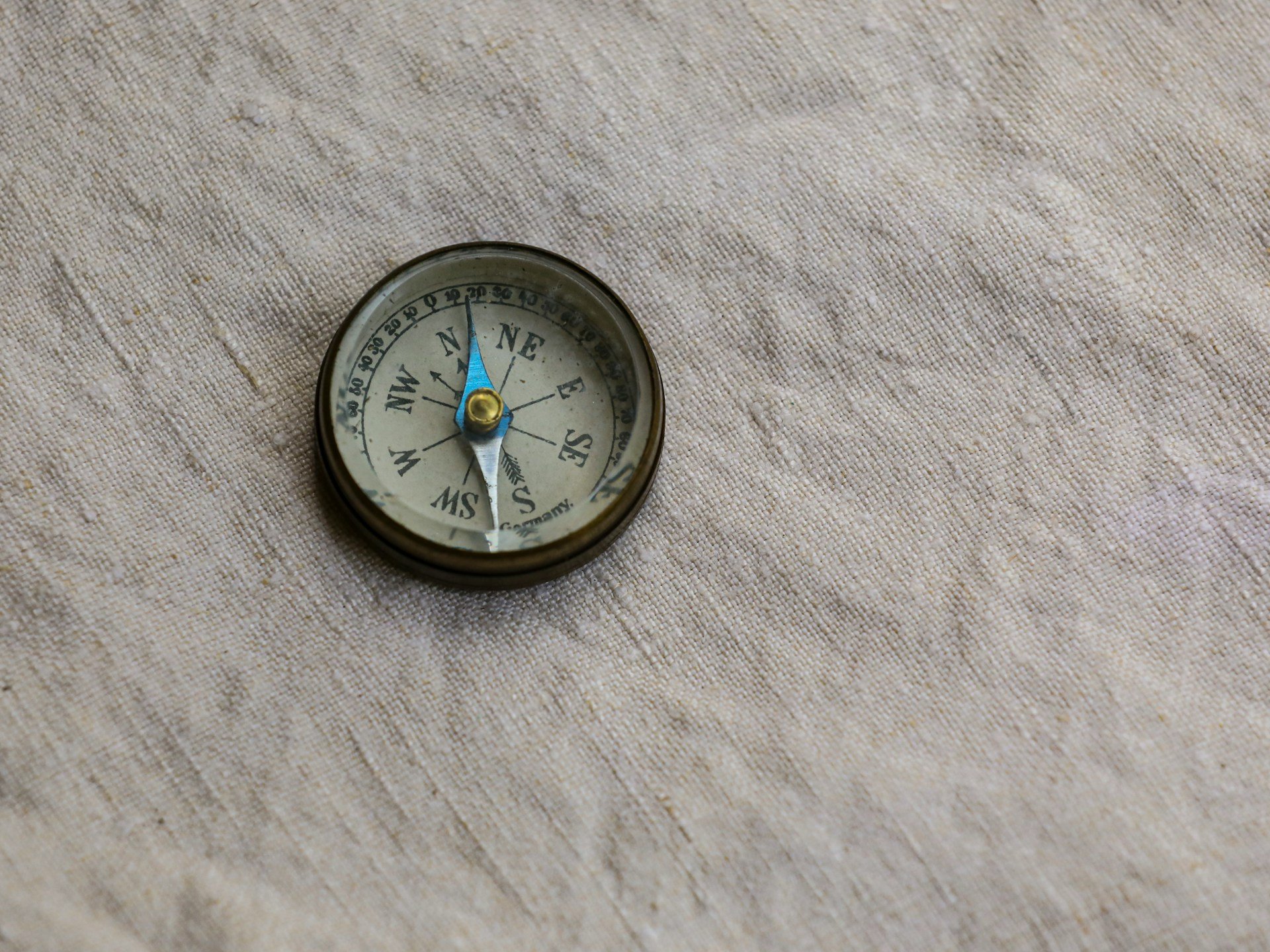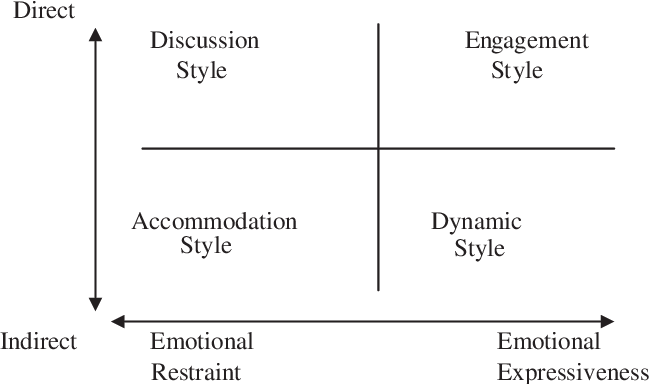How to Navigate Different Conflict Styles in Relationships

Welcome back to another segment of the Loving Practice Help Desk. Today, we're exploring how to navigate different conflict styles in relationships. If you’ve ever wondered why you and your partner respond so differently to conflict or how to manage those differences, this post is for you.
Audience Question
How do you navigate having different distress responses in conflict, or different conflict resolution styles? For example, my partner and I recently created 'distress ladders' to be aware of how we feel as tension is rising, and I realized that we have opposite responses. I get way more verbal and my partner gets quieter, which means we're engaging in direct contradiction to each other and our needs are the opposite.
Stay Updated
Thank you for subscribing!
Have a great day!
Understanding Why We Have Different Conflict Styles
Let’s start by exploring why we actually have different conflict styles. One reason is our personality traits. You might be someone who’s really outgoing and wants to engage directly, while your partner might be quieter and more reserved. These personality differences influence how each of you shows up in conflict.
Another factor is upbringing. Some people grew up in environments where conflict was a regular occurrence, while others may have never seen conflict at all. These early experiences shape how we approach disagreements as adults.
Lastly, our past experiences with conflict play a role. If you tried a particular strategy in the past and it didn’t work, you’re likely to avoid that approach in the future. All of these elements combine to create the unique way each of us handles conflict.
Identifying Your Conflict Style

Identifying your conflict style is crucial for managing differences in your relationship. One model I’m familiar with is the Intercultural Conflict Styles Inventory. This model categorizes conflict styles along two spectrums: direct versus indirect communication and emotional expressiveness versus emotional restraint.
For example, if you’re someone who prefers a more indirect approach, you might shy away from addressing conflict head-on. On the other hand, if you’re more direct, you might prefer to tackle issues immediately and openly. Neither approach is better; they’re just different ways of engaging in conflict.
Strategies for Navigating Different Conflict Styles
So, how do you navigate these differences? Here are a few strategies:
- Take Time-Outs:
If you or your partner needs time to process during a conflict, it’s okay to take a break. You can say something like, “I’d like to take some time to put my thoughts together. Can we come back to this in ten minutes?” - Practice Active Listening:
Really listen to what the other person is saying, without distractions. Put your phone away, turn off the TV, and focus on understanding their perspective. Pay attention to both their words and non-verbal cues. - Use "I" Statements and Paraphrasing:
Speak from your own experience using "I" statements, like “I feel” or “When this happened, I started thinking…”. This keeps the conversation focused on your perspective without blaming the other person. Also, paraphrase what you’re hearing to ensure you’ve understood correctly: “What I’m hearing is…” - Compromise:
Remember, the goal isn’t to win the argument but to find a resolution that works for both of you. Compromise is about understanding the situation and finding a solution that’s acceptable for everyone involved. - Seek Clarification:
If something your partner says is unclear, ask for clarification. This prevents misunderstandings and helps keep the conversation on track.
Caring for Yourself During Conflict
Navigating conflict is challenging, and it’s important to care for yourself in the process. Here are some ways to do that:
- Seek Emotional Support:
Reach out to friends, family, or a therapist for support. Talking things through with someone you trust can be incredibly helpful. - Engage in Physical Activity:
Sometimes, moving your body can help release the tension that builds up during conflict. Whether it’s dancing, exercising, or taking a walk, find what works for you. - Practice Relaxation Techniques:
Relaxation can take many forms—meditation, journaling, or simply sitting outside and feeling the sun on your skin. Whatever helps you unwind, make sure to prioritize it, especially during times of conflict.
Understanding and navigating different conflict styles in a relationship takes effort, but it’s worth it. By recognizing your own style and learning strategies to manage differences, you can create a stronger, more resilient relationship. Remember to also care for yourself throughout the process—self-care is an essential part of effective conflict resolution.
If this post resonated with you, please share it and let me know your thoughts or questions in the comments.